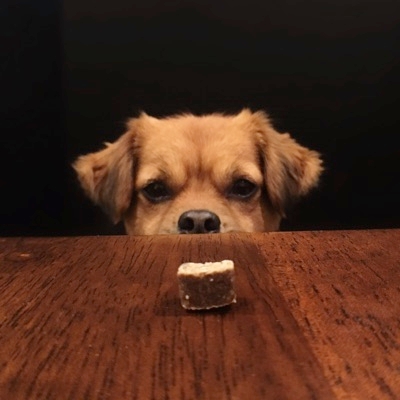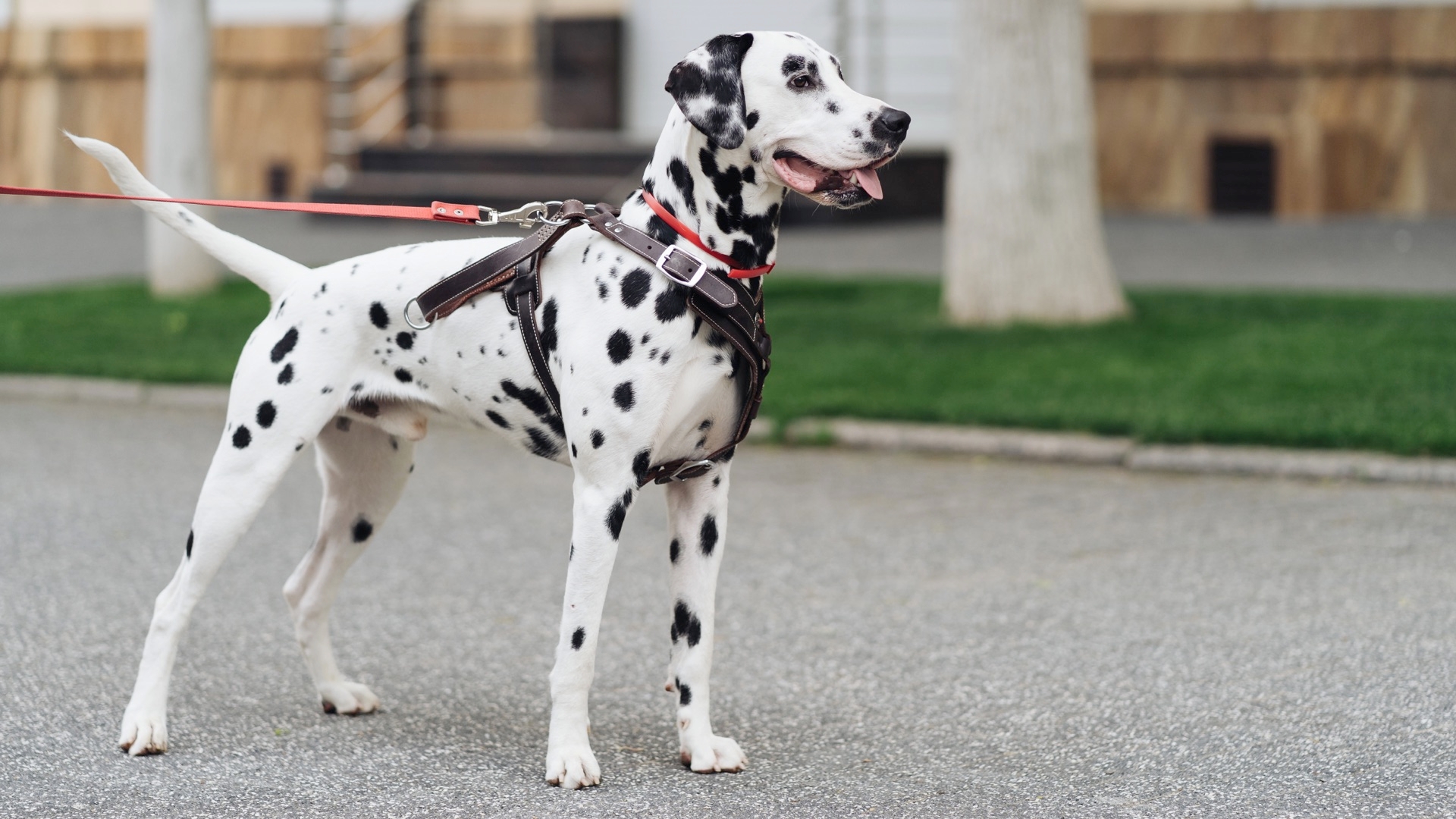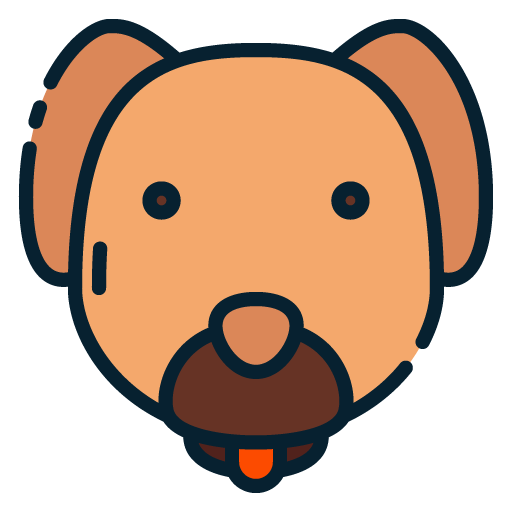Dog Training Equipment:
Summary:
No two dogs, or two human handlers, are alike. You should treat every dog and every handler as an individual. Here is a list of commonly used training tools. These tools help each dog, and each handler has a positive, successful training experience promoting the human-canine bond.


No two dogs, or two human handlers, are alike. You should treat every dog and every handler as an individual. Here is a list of commonly used training tools. These tools help each dog, and each handler has a positive, successful training experience promoting the human-canine bond.
No type of collar, harness, head collar, or leash is good or bad. All kinds of collars, harnesses, head collars, and leashes can be used in a punishing way. It is not the equipment; it is the person using the equipment.
The equipment selected should be appropriate for the age, breed of dog, type of training done, and skill level of the trainer.
Bait Bag
This is used to carry all of the "good stuff," like treats, toys, or whatever else might motivate the dog to want to learn. There are bags specifically to hold training treats, or you can improvise a treat bag. The style of the bag can be as individual as the handler. A pocket can also be used if the lingering smell of treats is not a problem!
Treats
Treats can range from kibble to real meat, depending on the level of distraction the dog and handler are experiencing during a training session. Using kibble for training at home is usually good enough, but out in the "real world," with real-life distractions, the reinforcement will need to be bumped up with treats that the dog thinks are worth his attention.
Leashes
There are many leash options. Use a leash that is soft on the hands and about six feet in length for non-reactive dogs. A leash of four feet in length is best for a dog who reacts to people or animals when out in public. The shortened leash will allow the handler to help the dog avoid bad experiences. Exercise caution with expandable leashes, as they often give the handler much less control of the dog and can cause injury if the cable is grabbed in an emergency. If dropped on the ground, the plastic expandable leash handle will bang behind the dog and could frighten even the bravest dog, which could result in the dog running away.
Clicker
The clicker marks the exact moment a dog does the "right" behavior and is followed by a treat. The word "Yes" can be used in place of the clicker, giving the handler one less thing to hold during a training session.
Flat Buckle Colar
Collars that display the dog's name, phone number, rabies tag, and any required licensing are a must to ensure a dog's safe return home. If using a flat buckle collar for walking a large dog, it is safest to have a metal buckle. Plastic closures can snap if the dog pulls, leading to an off-leash pooch. Consider a sensation harness or head halter for large dogs or strong pullers for walking.
Sensation Harness
The sensation harness is designed to clip in the front of the dog, at the chest. It is meant to be comfortable for the dog to wear, as it takes the pressure off the dog's neck. It also makes it easier for the dog to use appropriate body language when he meets other dogs and people. The sensation harness also gives the handler more control of the dog's body as the dog is steered from the shoulders.
Head Halter
The head halter fits around the dog's nose and the back of the head. It is a good piece of equipment for reactive dogs. It will give the handler better control of the dog's head, which translates to more control of the dog's entire body. A note of caution for this piece of equipment: For the comfort, safety, and success of the dog, the handler will need to fully understand the proper use of the halter.


